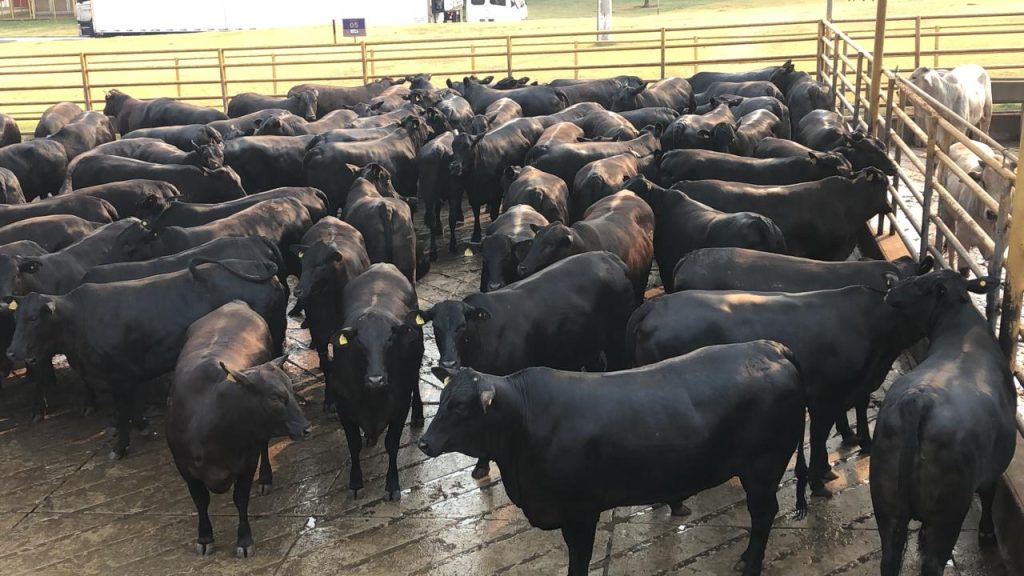Ranching is a method of raising cattle or other livestock on pastureland. Although the term has become associated with the U.S., it’s also practiced around the globe.
In some countries, ranchers raise their animals in large open spaces, while in others they tend smaller herds in enclosed areas known as corrals. In India alone, over 3 million hectares of land are dedicated to raising livestock. The country has become a global leader in beef production, producing around 2.5 million tonnes per year.
Ranching is often considered a form of agriculture, but it differs from farming because the land is owned by the rancher rather than the farmer. The rancher may lease the land to farmers who then pay rent for access to grazing lands. This arrangement allows ranching to occur without using public resources such as water and roads.
There are many types of ranches, from large commercial operations to smaller family farms.

Then each of those ranches can be broken down into Free Range and Confined.
Free-range means that the cows live outdoors in a natural environment. Confined means that the cows live indoors in an area called a pen. Both methods require the same basic equipment and supplies, but each has its benefits and drawbacks.
Free-Range Ranching
Looking at Free Range Ranching. Free-range cattle have access to pastures and range freely. These cows are raised without confinement. Many people believe all cattle should be free-range, though this is not always practical.
It raises livestock using methods that promote animal welfare. They also promote keeping native breeds with distinct characteristics who don’t need expensive supplements to survive.
It provides animals with a healthy diet full of nature’s vitamins and minerals. Allowing grass to grow under animals promotes natural weight distribution. Grass-fed cows tend to produce milk with lower fat content. It also means leaner beef.
The livestock can be easily vaccinated against diseases. Incoming animals can be isolated first to get their health information. And sick animals can also be isolated to prevent the spread of diseases.
The animals themselves are happier, often when animals are confined they can come depressed like humans. Along with this, it is very rewarding for ranchers to care for the livestock in the open fields.
The drawback to free-range is that supervision IS important. It is 365 days of a year type job, no matter what the weather is. In some extreme cases, there can be drought where the grass will not grow normally, leaving the livestock with little to no pasture to feed on.
But when it comes to it, the main disadvantage is the capital that is associated with establishing and running your first ranch. Costs include the land itself, the farmer infrastructure, the feed and healthcare, and biosecurity.

Confined Ranching
As mentioned confined ranching, is an agriculturally based operation in which the livestock are cared for and/or raised in confinement. Most of the beef consumed in the united states comes from such feedlots.
Cattle raised in this usually, feed, defecate, urinate and sleep in the one area. They have the food delivered to them and are not usually allowed to graze on rangelands, grass pastures, and fields. In some cases, they can house up to 100,000 animals.
The advantage of this is that in some sense, the confinement can provide a degree of comfort and protection, so as long as the pens are kept clean, dry, and relatively spacious. But this may not be the case for a lot of places. The disadvantage is that cattle stand in small, crowded areas in their own feces and urine all day long.
At the same time, we cannot discount the increasing animal welfare, environmental and health concerns that confinement ranching brings. When it comes to animal welfare, cost-saving techniques often have an impact on the health and well-being of the animals.
The biggest advantage is that they are the most economical way to raise a large number of livestock as they are fed on mostly corn, which means they cut down costs of land.
A disadvantage is the contamination of E-Coli. Cattle that are fed a high corn-based diet have increased E-coli in their digestive tract. This cross-contamination can cause illness in both animals and humans.

As you can see, ranching has both advantages and disadvantages, but the advantages of free-range ranching outweigh the disadvantages. Contact us if you would like to get in touch to discuss options further

